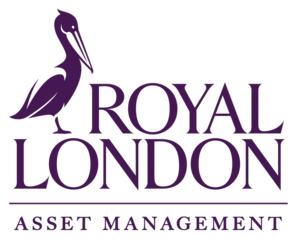
Nine months after launching the RL Global Sustainable Credit Fund, Senior Fund Manager Rachid Semaoune discusses the opportunities of extending RLAM’s parallel expertise in sustainable and credit investing into global credit.
As society has increasingly accepted the risks posed by environmental, social and governance (ESG) factors, there has been an exponential increase in interest in sustainable investing. In equities, as investors have increasingly embraced ESG analysis, there has been a coalescence of standards and terminology, and better data help for sustainable fund managers. Credit investing is some way behind and, while catching up quickly, is more virgin territory.
How is the fund different?
Inevitably, the increased interest in ESG-related investing has led to myriad fund launches. What makes the RL Global Sustainable Credit Fund different from other new funds? First, RLAM has a long-established presence in sustainable investing in general (our UK equity-focused Sustainable Leaders Fund celebrated its 30th anniversary in 2020); and sustainable credit in particular, with over 12 years of experience in sustainable sterling credit. We currently manage over £12bn in our sustainable funds.
We believe that this experience gives us a clear edge over asset managers who are new to this area. We have a clear and consistent sustainable investment philosophy and process; and have built a team of specialists to analyse sustainable investment opportunities. This proprietary expertise is guided by an independent external advisory committee that plays a significant role in assessing our processes, reducing the risk of fund managers ‘marking their own homework'. These various elements can't be easily replicated by less-experienced asset managers.
Genuine active investing
Underpinning these factors is our belief in genuine active investing. Bonds are a lot more complex than equities, and investment decisions demand special care regarding governance and credit structures. You can lend money to a company either on a secured or unsecured basis; to different parts of the capital structure; or to a ring-fenced entity or bankruptcy-remote SPV. That has to be taken into account in your ESG analysis as well as your credit selection. Our experience of closely analysing bond documentation and covenants packages is a real advantage.
It is surprising how readily some managers are prepared to use group-level equity-oriented ESG data to inform credit investment decisions. Even more so when many issuers have no listed equity and therefore no such ESG data profile. This highlights an important aspect of credit markets for sustainable investors: they provide opportunities to gain exposure to different investment themes from equities, such as social housing. Our proprietary ESG research capability helps to uncover opportunities in credit areas not covered by third party equity-based ESG ratings.
This article was funded by RLAM
Past performance is not a guide to future performance. The views expressed are those of the author at the date of publication unless otherwise indicated, which are subject to change, and is not investment advice.













